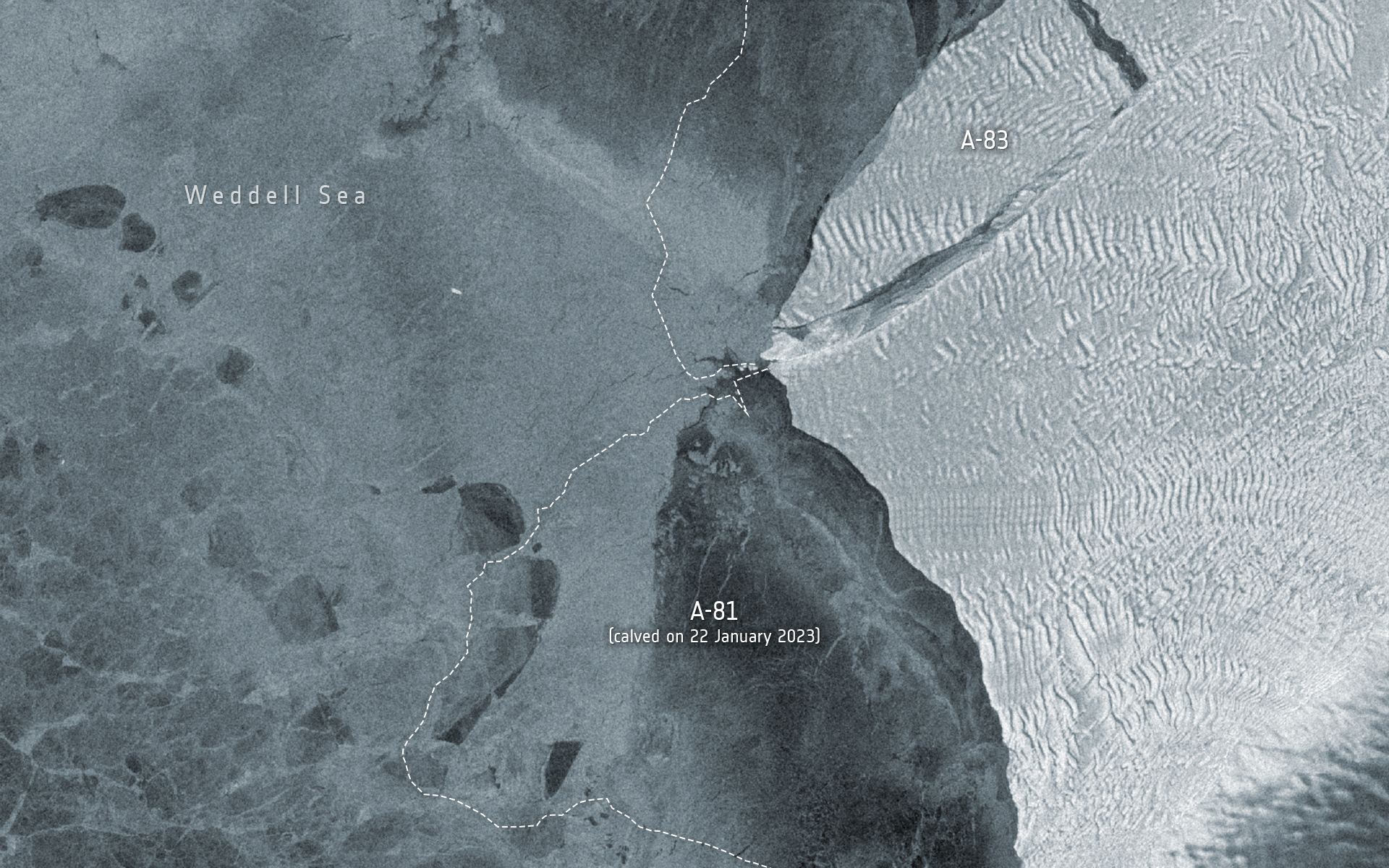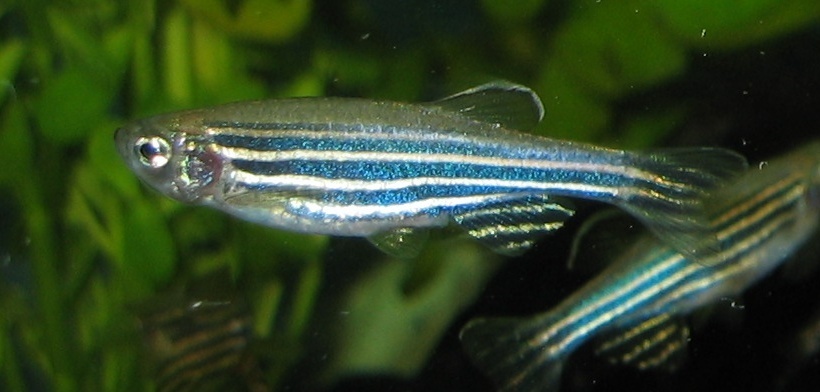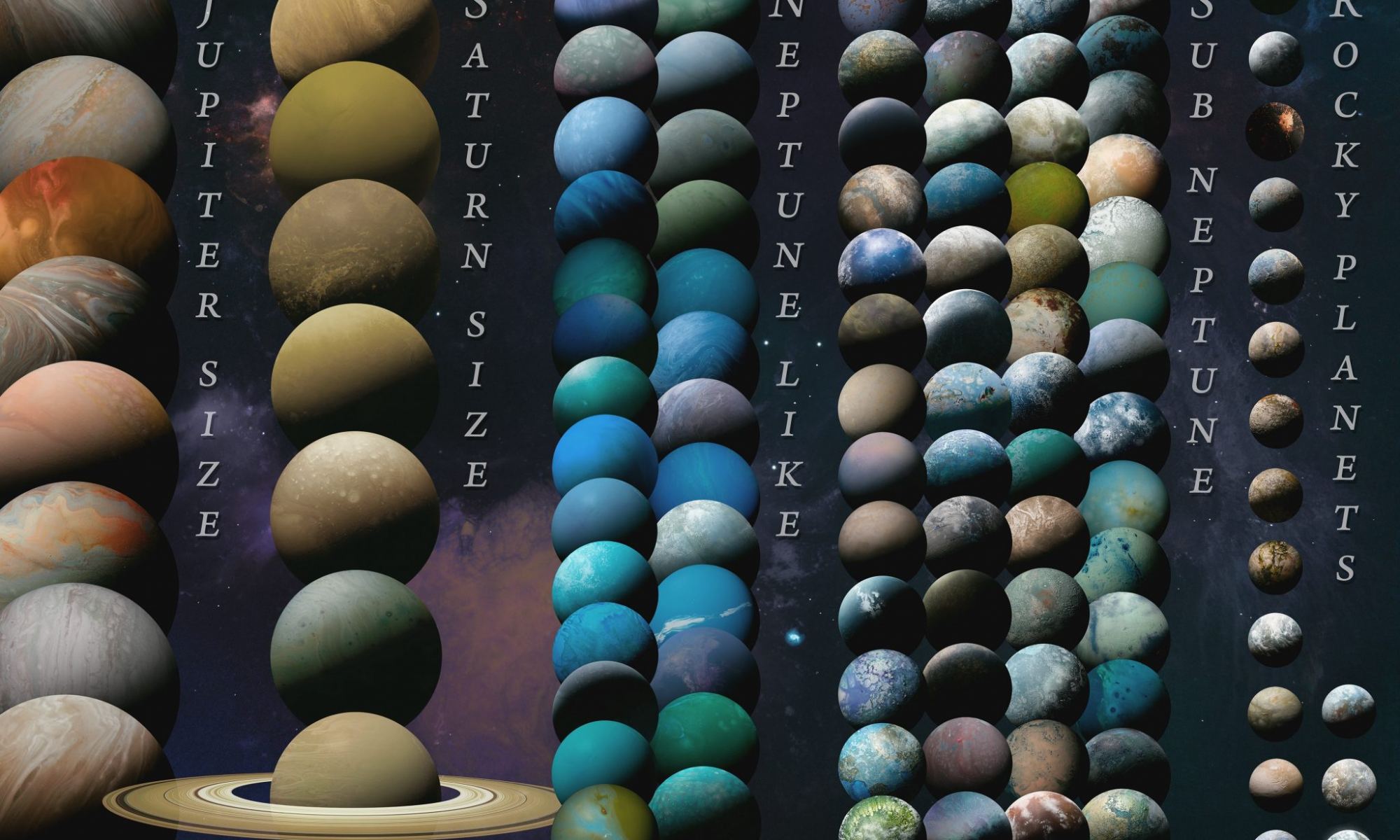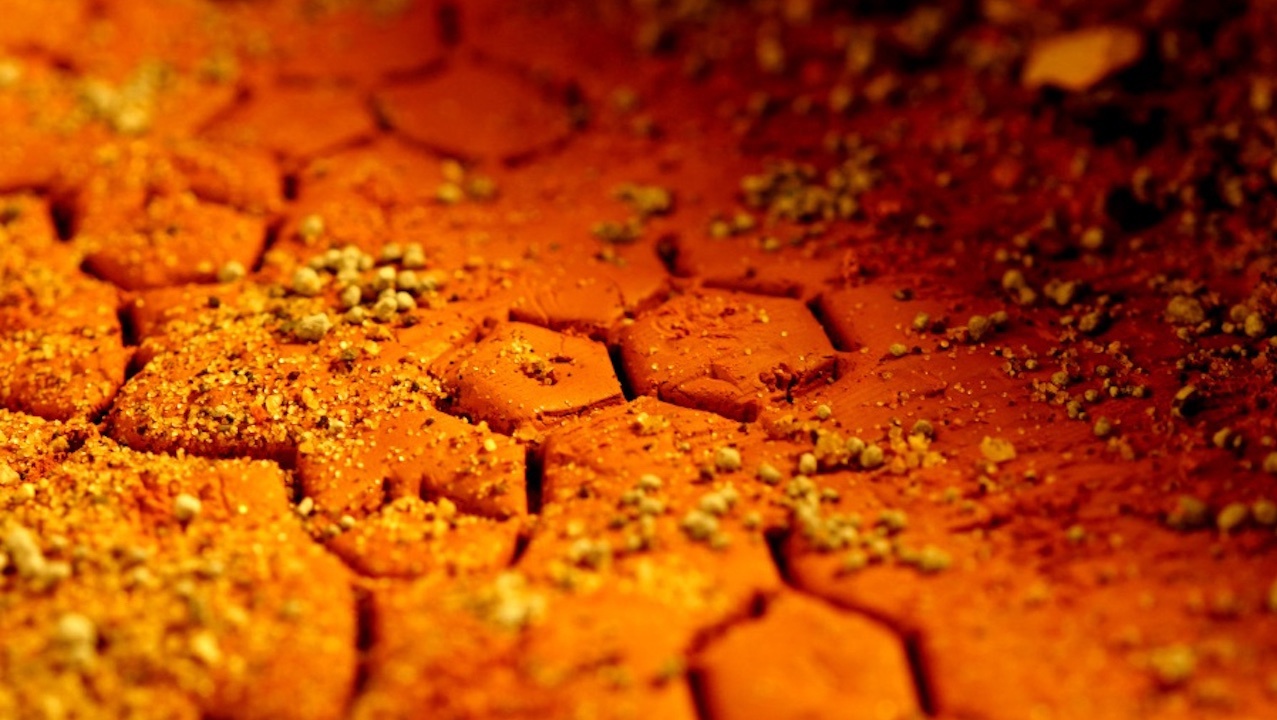Sometimes, astronomers get lucky and catch an event they can watch to see how the properties of some of the most massive objects in the universe evolve. That happened in February 2020, when a team of international astronomers led by Dheeraj (DJ) Pasham at MIT found one particular kind of exciting event that helped them track the speed at which a supermassive black hole was spinning for the first time.
Continue reading “A New Way to Measure the Rotation of Black Holes”Could Martian atmospheric samples teach us more about the Red Planet than surface samples?

NASA is actively working to return surface samples from Mars in the next few years, which they hope will help us better understand whether ancient life once existed on the Red Planet’s surface billions of years ago. But what about atmospheric samples? Could these provide scientists with better information pertaining to the history of Mars? This is what a recent study presented at the 55th Lunar and Planetary Science Conference hopes to address as a team of international researchers investigated the significance of returning atmospheric samples from Mars and how these could teach us about the formation and evolution of the Red Planet.
Continue reading “Could Martian atmospheric samples teach us more about the Red Planet than surface samples?”Black Holes are Firing Beams of Particles, Changing Targets Over Time
Black holes seem to provide endless fascination to astronomers. This is at least partly due to the extreme physics that takes place in and around them, but sometimes, it might harken back to cultural touchpoints that made them interested in astronomy in the first place. That seems to be the case for the authors of a new paper on the movement of jets coming out of black holes. Dubbing them “Death Star” black holes, researchers used data from the Very Long Baseline Array (VLBA) and the Chandra X-ray Observatory to look at where these black holes fired jets of superheated particles. And over time the found they did something the fiction Death Star could also do – move.
Continue reading “Black Holes are Firing Beams of Particles, Changing Targets Over Time”Another Giant Antarctic Iceberg Breaks Free
On May 20th, 2024, an iceberg measuring 380 square kilometers (~147 mi2) broke off the Brunt Ice Shelf in Antarctica. This event (A-83) is this region’s third significant iceberg calving in the past four years. The first came In 2021, when A-74 broke off the ice sheet, while an even larger berg named A-81 followed in 2023. The separation of this iceberg was captured by two Earth Observation satellites – the ESA’s Copernicus Sentinel-1 and NASA’s Landsat 8 satellites – which provided radar imaging and thermal data, respectively.
Continue reading “Another Giant Antarctic Iceberg Breaks Free”Fish are Adapting to Weightlessness on the Chinese Space Station
Four zebrafish are alive and well after nearly a month in space aboard China’s Tiangong space station. As part of an experiment testing the development of vertebrates in microgravity, the fish live and swim within a small habitat aboard the station.
Continue reading “Fish are Adapting to Weightlessness on the Chinese Space Station”Marvel at the Variety of Planets Found by TESS Already
The hunt for new exoplanets continues. On May 23rd, an international collaboration of scientists published the NASA TESS-Keck Catalog, an effort to publicly release over 9000 radial velocity measurements collected by NASA’s space-based Transiting Exoplanet Survey Satellite (TESS) and the ground-based Keck Observatory, located in Hawai’i, and the Automated Planet Finder, located at the Lick Observatory in California. An accompanying analysis of these validated 32 new planetary candidates and found the masses of 126 confirmed planets and candidates with a wide range of masses and orbits. Let’s dig into some details.
Continue reading “Marvel at the Variety of Planets Found by TESS Already”NASA is Practicing for the Moon With Partial Space Suits
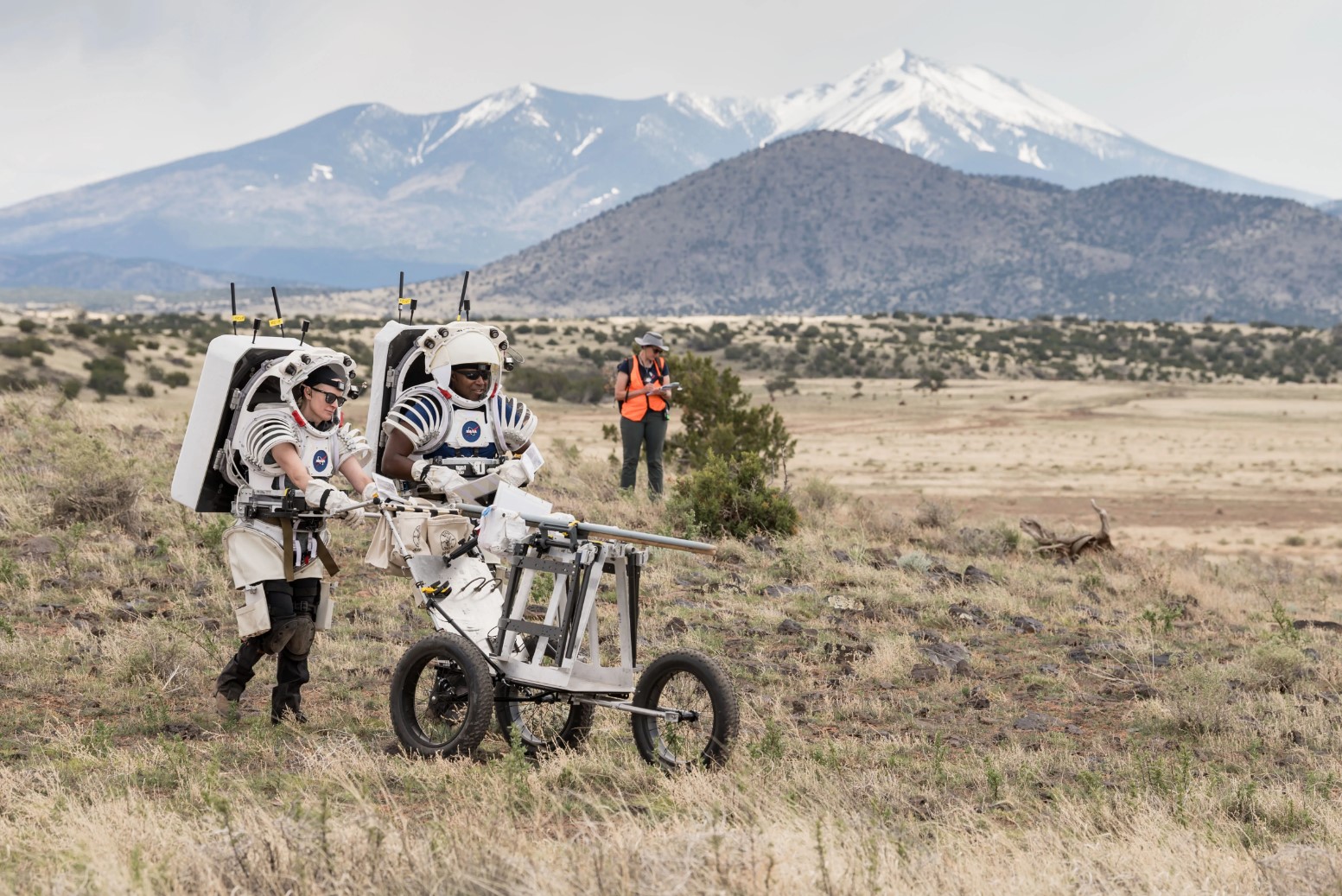
In just a few short years, NASA hopes to put humans back on the lunar surface. The first moonwalk in more than 50 years is scheduled for no earlier than September 2026 as part of the Artemis III mission. In preparation, astronauts, scientists, and flight controllers are conducting simulated spacewalks here on Earth.
Continue reading “NASA is Practicing for the Moon With Partial Space Suits”Toxic Perchlorate on Mars Could Make Life More Interesting
The search for life in the Universe has fascinated humans for centuries. Mars has of course been high on the list of potential habitats for alien existence but since the numerous spacecraft images that have come back showing a barren landscape, it seems Mars may not be so habitable after all. That is, until recently. The Martian regolith, the top layer of dust upon the surface has been found to be full of perchlorate salts. These chemicals are poisonous to most life on Earth but a new study suggests that some extremophile protein enzymes and RNA may just be able to survive!
Continue reading “Toxic Perchlorate on Mars Could Make Life More Interesting”Astronomers Propose a 14-Meter Infrared Space Telescope
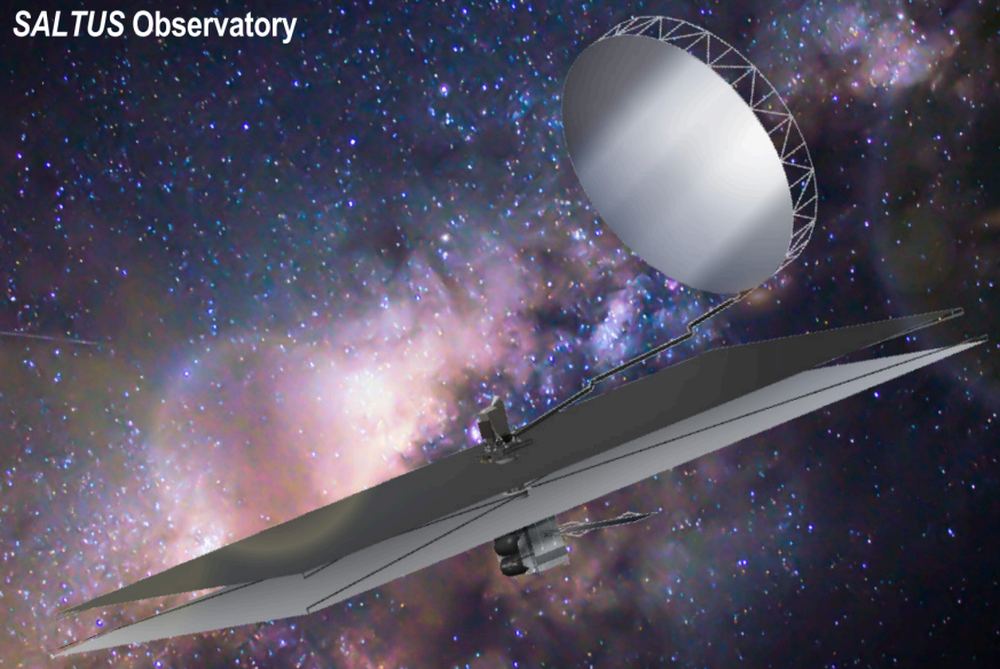
The Universe wants us to understand its origins. Every second of every day, it sends us a multitude of signals, each one a clue to a different aspect of the cosmos. But the Universe is the original Trickster, and its multitude of signals is an almost unrecognizable cacophony of light, warped, shifted, and stretched during its long journey through the expanding Universe.
Continue reading “Astronomers Propose a 14-Meter Infrared Space Telescope”A New Venus-Sized World Found in the Habitable Zone of its Star
The parade of interesting new exoplanets continues. Today, NASA issued a press release announcing the discovery of a new exoplanet in the Gliese 12 system, sized somewhere between Earth and Venus and inside the host star’s habitable zone. Two papers detail the discovery, but both teams think that the planet is an excellent candidate for follow-up with the James Webb Space Telescope (JWST) to try to tease out whether it has an atmosphere and, if so, what that atmosphere is made of.
Continue reading “A New Venus-Sized World Found in the Habitable Zone of its Star”


